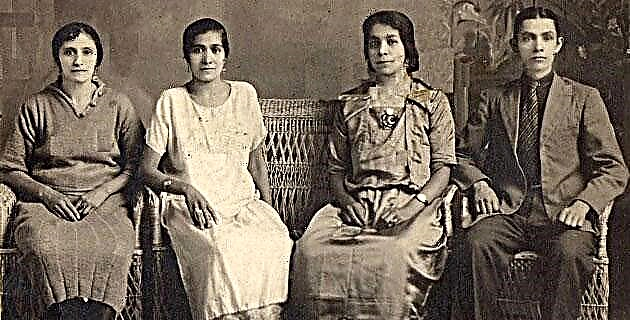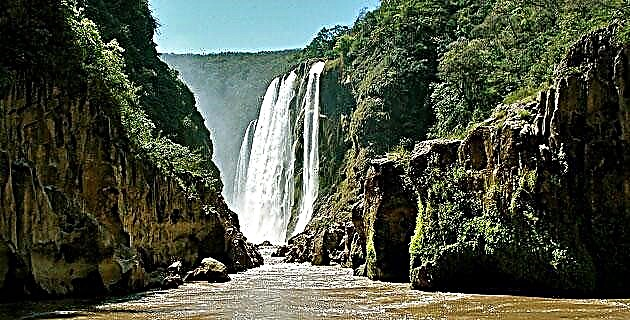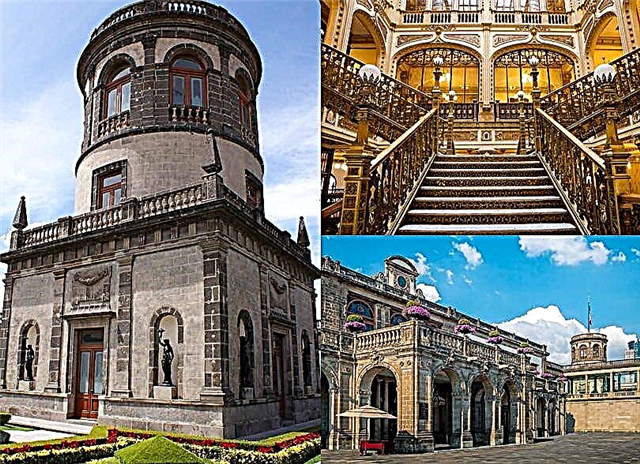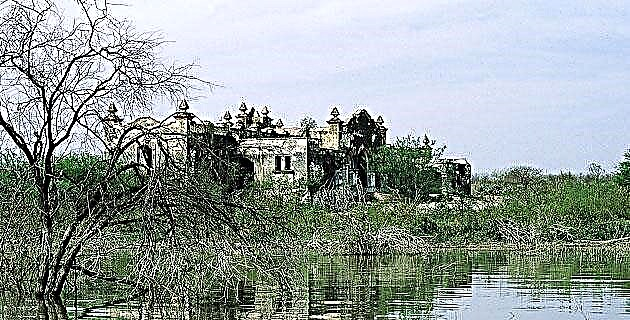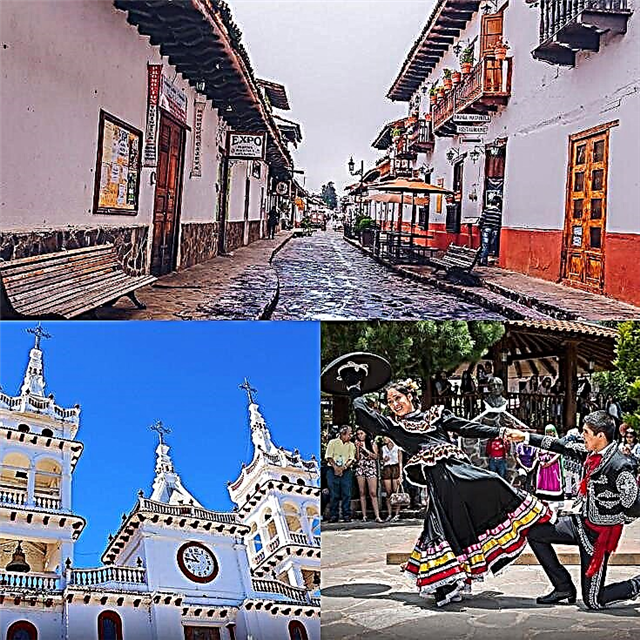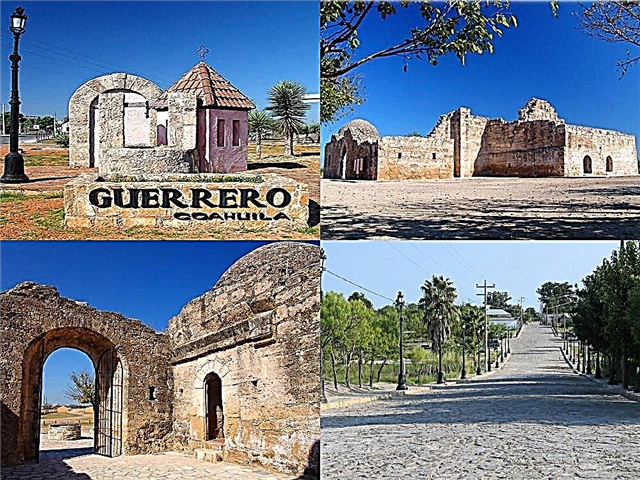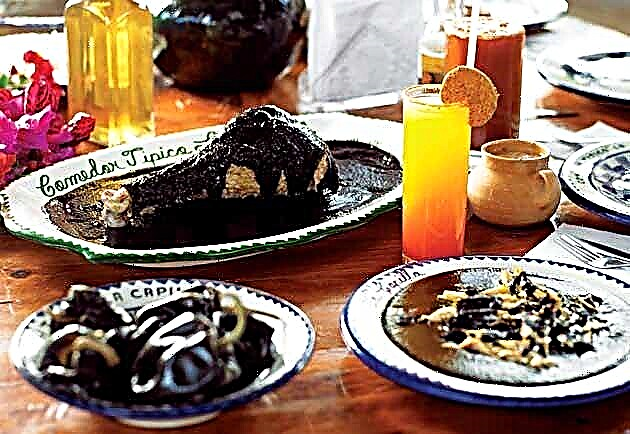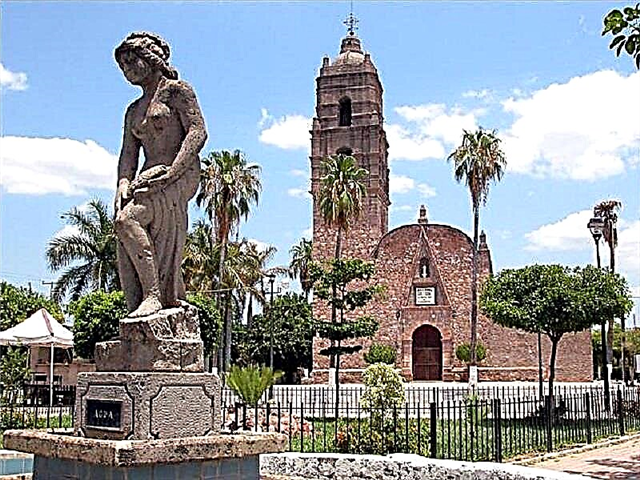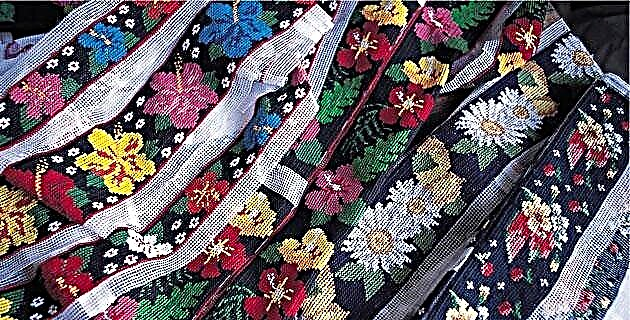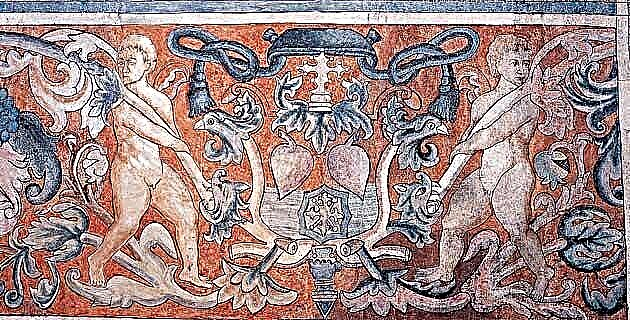
Visiting the Sierra in the current state of Hidalgo is like slowly and gently entering the past; the region is impoverished, underdeveloped according to certain canons, it feels distant, with friendly, simple people, rough in their manners, which leads us to question the reason for their way of being. To live, and the best way to understand that present is knowing its development from the remote past.
The area that occupies us corresponds to the Sierra Madre Oriental, its capricious topography combines valleys and peaks with a very varied ecology, this being the "habitat" of an independent manor, that of Metztitlán. Different chronicles mention the presence of two ethnic groups in the area: the Otomis in the Sierra and the Vega de Metztitlán and, further north, the Nahuas, bordering the Huasteca.
The arrival of the Chichimecas in the 12th century AD. to the central area of the Mexican territory, it caused the displacement of various groups, including the Otomis, to the current state of Hidalgo. At the end of the 15th century, the Mexica extended their dominions to various areas imposing heavy tributes, not being able to subdue the lordship of Metztitlán.
The word Otomí was used in a derogatory way by the Mexica to designate this group of rude men. Losotomíse were good warriors, they lived scattered in the mountains or valleys leading a rudimentary life, dedicated to scanty agriculture and hunting and fishing. The Metztitlán Relationship of the 16th century indicates the lack of leaving the territory, which makes us think that it could be one of the causes of the continuous wars they faced. Little is known about their religious practices, however, the cult of the moon and a god called Mola who had his temple in Molango, apparently very visited, is mentioned.
The previous situation was what the Spanish came to find. After the taking of Mexico Tenochtitlán, the conqueror Andrés Barrios was in charge of dominating and pacifying the indigenous groups established in Metztitlán around 153 0. Immediately aborigines and lands were delivered in encomiendas to conquerors, and another part of the stripped territory passed to the power of the Spanish Crown. Thus, Metztitlán remains as the Republic of Spaniards and Molango as the Republic of Indians. Without diminishing the importance of the military conquest, it must be emphasized that it was the spiritual conquest that bore the greatest fruit.
The Augustinian group was responsible for the evangelization of the Sierra Alta (as the Spaniards called it). They arrived in New Spain on May 22, 1533 “… the day of the Ascension of Christ, for this reason they considered themselves lucky, since on a similar day Christ told his apostles: Go and preach the Gospel in the most remote and secluded places. wars; Let the most barbarians hear it… ”This coincidence reinforced their disposition and belief in the benefit of their missionary work for the colonizing project of the Spanish monarchy.
Franciscans and Dominicans were already established and working tenaciously in densely populated areas, thus the Augustinians were forced to set their goals to the north, in places still weakly subdued. The first convent that they founded was Ocuituco (late 1533), where, meeting in Chapter, the conversion of the Sierra Alta was ordered on August 10, 1536.
Such mission was entrusted to two religious who had arrived in 1536, Fray Juan de Sevilla and Fray Antonio de Roa, close friends, enthusiasts, with great religious zeal, and no one better than the chronicler of the order, Juan de Grijalva to highlight their perseverance. : because the "position was inaccessible, either because of the depths, or because of the peaks, because those mountains touch the extremes: the barbarian and unbound Indians: the many demons ..." Here, then, Father F. Juan de Sevilla and the blessed F. Antonio de Roa, running through these mountains as if they were spirits. Sometimes they went up to the peaks as if Elijah's car were taking them: “and other times they went down to the caverns where they had great difficulty, to go down they tied ropes under their arms, staying up some Indians who brought peace, to keep them even the darkest and most deviant of the road, in search of those poor Indians who in any case lived in darkness ... In this they spent a whole year without bearing any fruit, nor having anyone to preach about what was so distressed by the Santo Roa who decided to leave them and return to Spain ... "
Founding a mission implied starting an evangelizing and acculturating work. The model followed was that of mastering the language first, concentrating them on reductions, organizing their work according to European patterns and needs, and implanting them with Christian rites, beliefs and ceremonies, in the sense that they accepted the results of the conquest, the mission and prohibition of their old religion. It was the duty of the religious to seek out the dispersed natives in the territory, catechize them, say mass, impart the sacraments, give elementary education and some trades as well as new crops, and of course initiate the necessary architectural and urban works. Thus, these two religious, supported by four others, began their endless task. This work extended to Huasteca and Xilitla, the area adjacent to the Sierra Gorda, an extremely hostile territory, so it was not evangelized until the seventeenth century.

